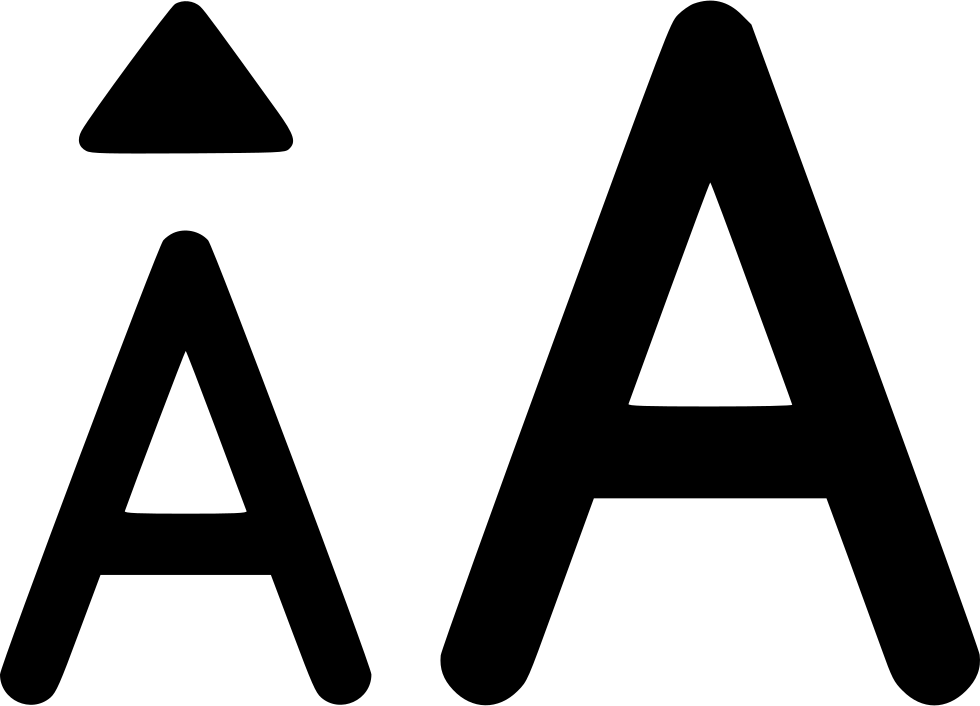A great product can get you in the game. But a strong brand is what multiplies your value.
For early-stage startups, brand equity is often an invisible asset — one that silently boosts everything from customer trust to company valuation.
In this guide, we’ll break down what brand equity really means, how to build it intentionally, and why investors care more about your brand than you think.
🧠 What Is Brand Equity?
Brand equity refers to the perceived value of your brand in the eyes of your customers, investors, and the market. It’s what makes someone choose your product over a competitor’s — even at a higher price.
Components of Brand Equity:
- Brand Awareness: Do people know who you are?
- Perceived Quality: Do they believe your product is premium or trustworthy?
- Brand Associations: What values or emotions are tied to your brand?
- Customer Loyalty: Will people come back — and advocate for you?
📊 According to McKinsey, companies with high brand equity can command 13% to 31% higher valuation multiples compared to competitors with similar financials.
Keywords embedded: brand equity meaning, startup brand value, brand perception, branding and startup valuation, investor branding insights
💡 Why Brand Equity Matters for Startups
You may not see brand equity on your balance sheet, but it affects your:
- Valuation during fundraising
- Customer acquisition cost (CAC)
- Lifetime customer value (LTV)
- Pricing power
- Investor trust and confidence
In early-stage fundraising, your brand becomes shorthand for credibility, clarity, and long-term potential.
🚀 How Brand Equity Influences Valuation
- Perception = Premium
Startups with stronger branding are seen as more “investable.”
Think: why do some SaaS tools raise $5M pre-revenue? Because the founders’ brand voice, visual identity, and positioning feel solid — even before traction.
- Retention & Loyalty = Predictability
A well-branded startup attracts better-fit users — and keeps them longer.
That means higher retention and more predictable revenue, which boosts your valuation multiple.
- Emotional Moat
Strong brand equity builds an emotional connection. That’s something competitors can’t copy — even if they match you on price or features.
Investors love moats. Brand equity is a moat.
🧪 Real Examples
🟢 CRED
CRED’s visual identity, tone, and exclusivity messaging built strong brand equity before product maturity. Valuation followed — driven by brand perception and user belief.
🟢 mCaffeine
With clear packaging, relatable brand voice, and a caffeine-first positioning, they built brand equity that extended beyond the D2C space — into retail and investor confidence.
🧭 How to Build Brand Equity as a Founder
✅ 1. Be Consistent Across Channels
Your website, socials, product UI, and founder LinkedIn should speak one language — visually and verbally.
✅ 2. Tell a Clear Brand Story
Why you built what you built. What you believe. How you're different. This clarity sticks in people’s minds.
✅ 3. Deliver on Experience
No amount of branding can save a poor experience. Equity is built when you match brand promise with product delivery.
✅ 4. Invest in Brand Voice Early
It’s not just design — tone matters. Decide early how your brand sounds and make sure it doesn’t change across touchpoints.
✅ 5. Leverage Founder's Personal Brand
A strong founder story (on LinkedIn, Twitter, podcasts) builds trust and humanizes the startup.
Keywords used: build brand equity, improve startup valuation, brand perception strategy, customer loyalty and branding, founder branding tips
❌ What Kills Brand Equity?
- Inconsistent messaging across platforms
- Poor onboarding or post-purchase experiences
- Over-promising in marketing and under-delivering
- Copy-paste branding that lacks differentiation
- Focusing only on visuals, ignoring story
🔧 Bonus Tip: Track It Like a KPI
While brand equity is intangible, you can still track signals like:
- NPS (Net Promoter Score)
- Direct traffic growth
- Referral rate
- Repeat purchases
- Branded keyword search volume
Tools: Google Trends, Brand24, Mention, G2 reviews, Trustpilot, in-app feedback tools
🚀 How to Start Building Brand Equity Today
You don’t need a full rebrand — just intentional action.
- Clarify your brand values (pick 3 that define your vibe)
- Post your founder story on LinkedIn this week
- Fix one weak link (bio, tone, or visual inconsistency)
- Ask your users for feedback — start listening
- Stay consistent across all channels, even if simple
Start small, but start today — brand equity compounds over time
✍️ Final Thoughts
In the early days, your brand might feel like a “nice-to-have.” But in reality, it’s your fastest path to trust, your first pitch to investors, and your strongest defense against competition.
Brand equity compounds — just like money. Start investing in it early.
Founder prompt:
If your product disappeared tomorrow, would your audience still remember your brand?

 Brand equity is a crucial, intangible asset that boosts startup value by building trust, loyalty, and investor confidence. Early, consistent branding drives growth, retention, and long-term competitive advantage.
Brand equity is a crucial, intangible asset that boosts startup value by building trust, loyalty, and investor confidence. Early, consistent branding drives growth, retention, and long-term competitive advantage.















.jpeg)







.jpeg)

